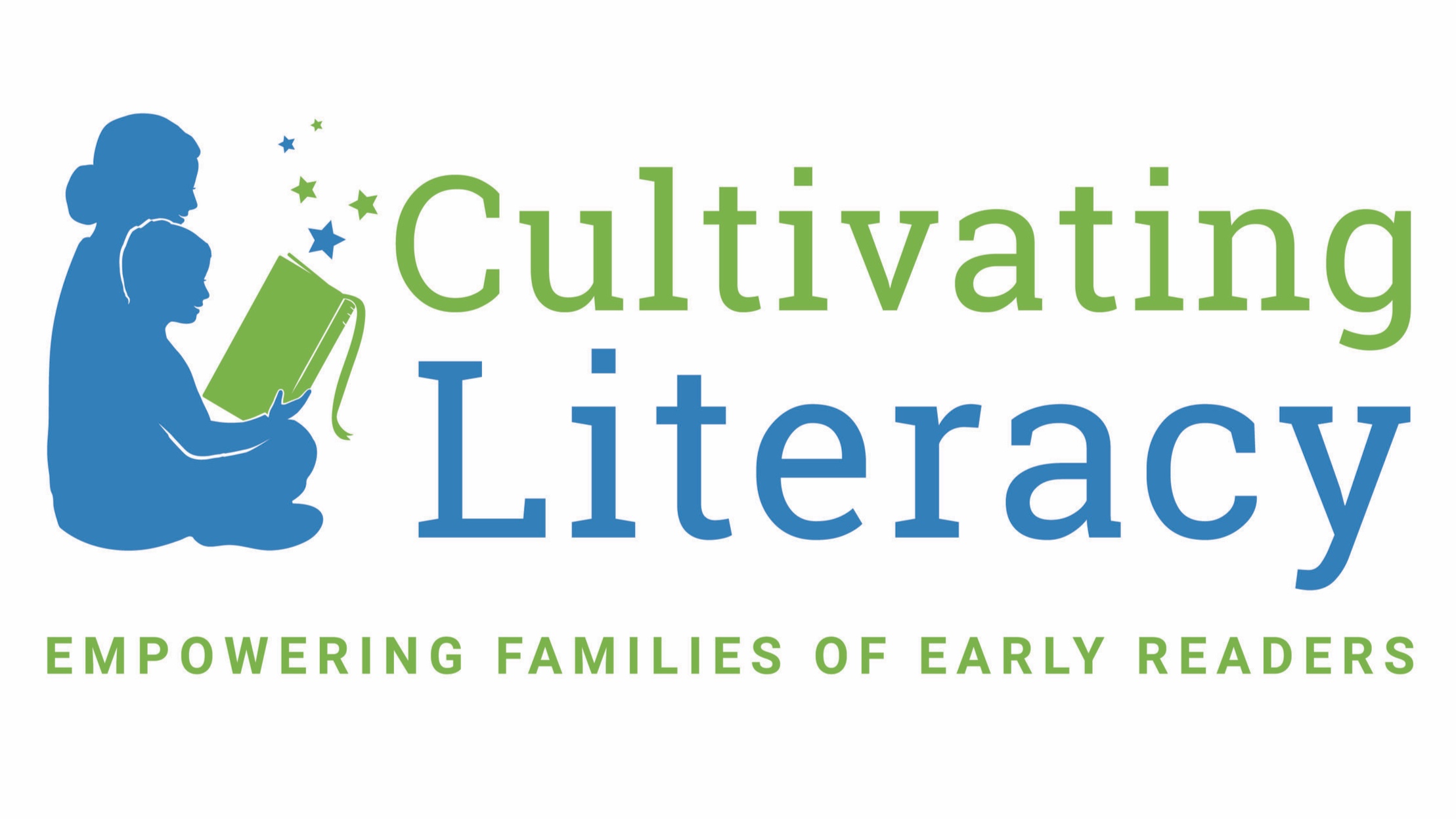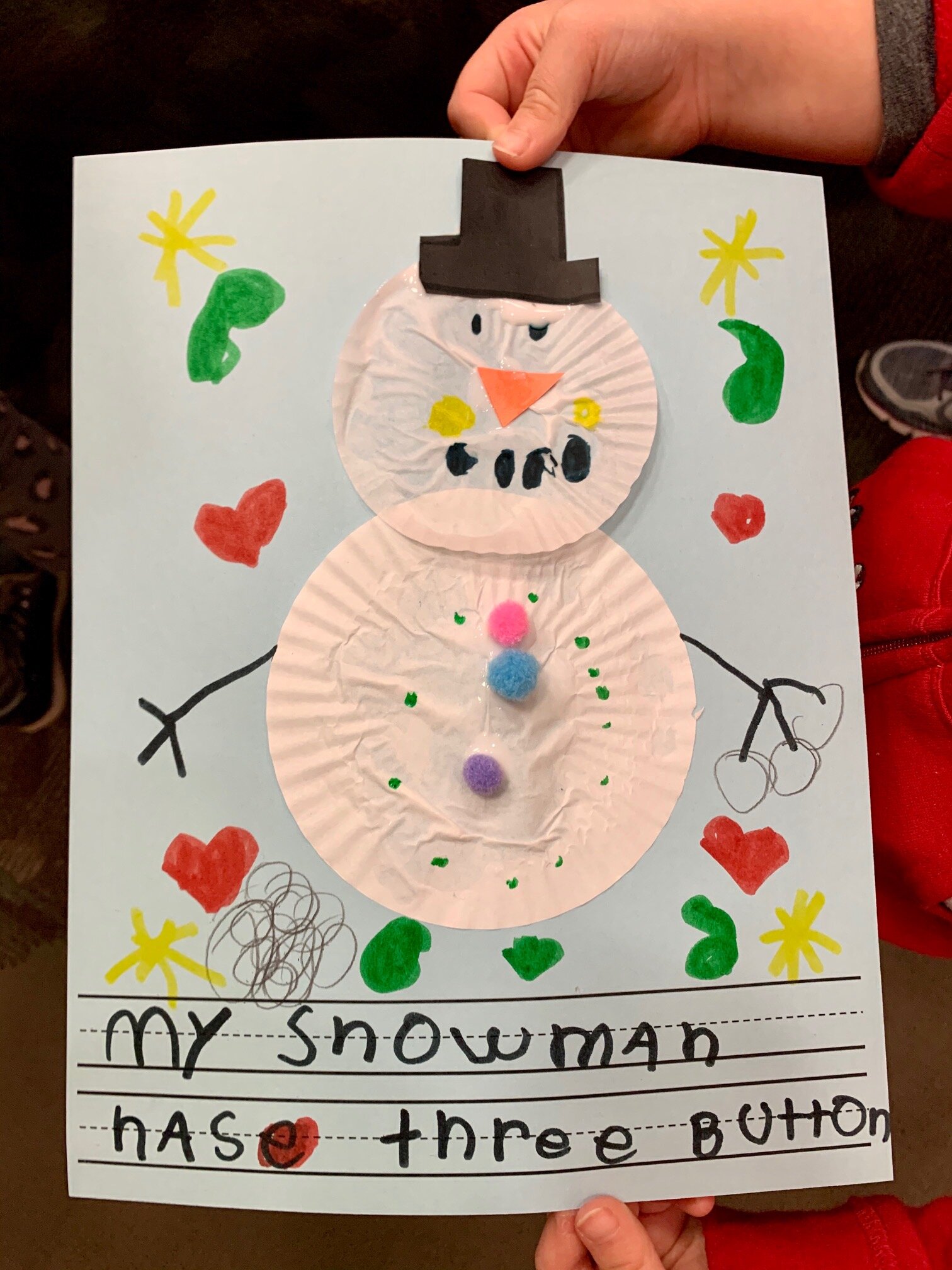Sentence Stems
Sentences are a complete thought and contain a subject (person, place, or thing) and a predicate (tells what is happening). The subject and predicate must compliment each other. Sentence stems are a phrase or part of a sentence with a missing part. Your child would use their own words to complete the sentence. For example, I like to _____. Your child might respond by saying, “Play!” they would then write this word to complete the sentence.
Children have limited knowledge of what creates a word and how to identify the sounds in a word. They must be formally taught how to identify words and how these words create a sentence (Adams, 1998). When your child understands the structure of a sentence, this provides them with the foundation to create more structured writing. Reading and writing go hand in hand; therefore, learning the structure of a sentence also helps a child grasp ideas when reading. When a child is having difficulty creating a particular type of sentence, it is helpful to provide written examples of that particular type of sentence to provide further instruction (Shanahan, 2020).
During kindergarten, children are taught and expected to write complete sentences. This requires direct teaching and practice. Sentence stems help your child learn the structure of a sentence and provide them with cues so that they can begin to create their own sentences with fewer prompts or guidance. As your child grows and enters first-grade, they will be expected to write complete sentences that support a topic (Common Core State Standards, 2010).
Writing Strategy: Sentence Stems
Sentence stems are a prompt or phrase that helps children begin writing simple sentences. Sentence stems are a strategy that models sentence structure and provides children with cues to help them begin writing. If a child is just beginning their writing journey, sentence stems are a way for you and your child to collaborate together as they write. If your 4-5-year-old is writing letters that match the sounds in words, sentence stems are a strategy that provides your child with practice creating sentences. An example of a beginner sentence stem is “I like to________.” To begin the writing activity, tell your child that you will work together to write about something they like. Then, you will read the sentence stem aloud. Depending on where your child is in their writing journey, you may need to guide them in filling in the blank. Sentence stems can progress in complexity. At their most basic level, an adult would write the sentence stem and the child would dictate their answer. As you continue working with your child, they may begin to complete the sentence with less assistance. If your child is writing more words on their own, they may need less guidance, and you might orally provide a sentence stem to help them brainstorm ideas.
How to use the strategy
Primary lined paper or sentence strips help your child identify how letters are formed. Click here to check out these primary lined sentence stems. When your child is first beginning their reading/writing journey, write the sentence stem down on paper or sentence strip. Then, draw a blank for your child to complete the sentence. Before you begin writing together, identify the topic, and then provide the sentence stem. For example, you can say, “We are going to write about a game you like to play. Tell me about a game that you like to play.” After your child has identified something that they like to play, then write the sentence stem down on paper, I like to play _____. Read the stem aloud and ask your child to write the word to complete the sentence. After you have worked together to create to complete sentence, pause and point out the first word in the sentence and the last word. Show your child that the sentence ended with a period or punctuation mark, which means stop. You can also help them count the number of words in the sentence. Taking a few moments to point out the structure of a sentence will strengthen your child’s knowledge.
This child used the sentence stem, My snowman has _______. They added in a description of their snowman to create the sentence, My snowman has three buttons.
Some examples of beginner sentence stems:
I like to _______.
I go to the _______.
We will _________.
I see __________.
I want to _______.
You are ________.
As you see your child growing as a writer, encourage your child to add more details. Use sentence stems that provide them with the opportunity to add more details. For example, I like to play _______ with _______. As you encourage them to add more details, this also helps your child learn how to create more detailed sentences.
Some examples of more complex sentence stems:
The ________ is ________ and __________.
A ______ lives in a ________.
A __________ can _______ and __________.
The _________ feels ________ and _________.
Once your child is more comfortable spelling words and needs less assistance, you can use the sentence stems as verbal cues. If your child is having difficulty creating sentences about a topic, you can provide a verbal sentence stem to prompt your child. For example, if your child were writing about giraffes and is have a difficult time creating a sentence you can say aloud. “Giraffes can (wait for you child to say an action aloud) and (wait for you child to say an action aloud.)” If your child has become more comfortable writing simple words, ask them to write the sentence independently.
Ways to make it fun!
Cut up your sentence strip
Make learning fun by playing games. After creating a sentence, use scissors to cut between each word. Then, mix up the words and have your child put them back together again. This exercise reinforces sentence structure because your child must look for the first word and final word in the sentence. As they put the words in order, you can help them identify that the first word starts with a capital letter and that the final word includes a period at the end. After putting the words back in order, reread the sentence together and count the number of words.
Creating cards
Creating cards can be a great way to motivate your child to write sentences. Thank you cards a fun place to start! After drawing a card for someone special, engage your child in writing a personalized note. The following sentence stems work great!
Thank you for ___________.
I like that you _____________ with me.
You are __________.
Sentence stems provide your child with cues to write a special message and your child can take pride in making something for someone else. Click here to access a primary lined paper to create a card and sentence stem.
Updated since November 2020
References
Common Core State Standards, 2010 http://www.corestandards.org/ELA-Literacy/RL/K/
M. J. Adams, B. R. Foorman, I. Lundberg, & Beeler, T. (1998) Phonemic Awareness in Young Children
Shanahan, T. (2020), Why We Need to Teach Sentence Comprehension, Reading Rockets (Blog) https://www.readingrockets.org/blogs/shanahan-literacy/why-we-need-teach-sentence-comprehension


